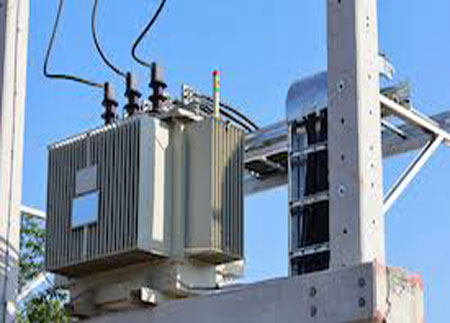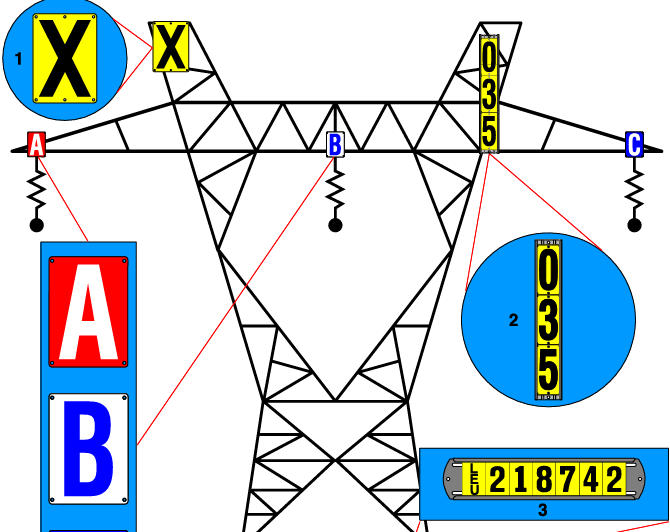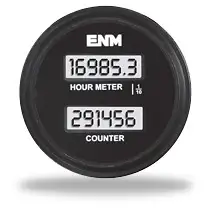Dry Type Transformer Types Explained
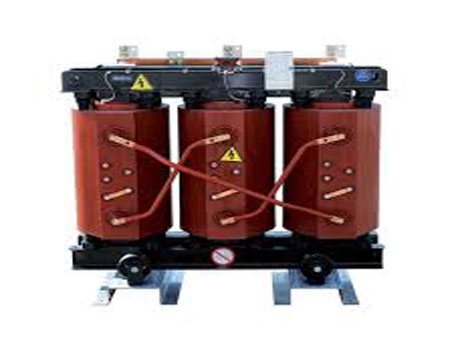
Substation Maintenance Training
Our customized live online or in‑person group training can be delivered to your staff at your location.
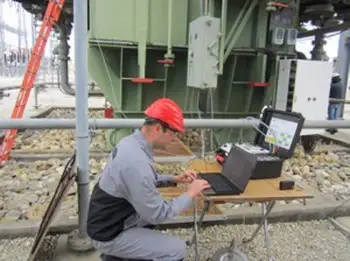
- Live Online
- 12 hours Instructor-led
- Group Training Available
Download Our OSHA FS3529 Fact Sheet – Lockout/Tagout Safety Procedures
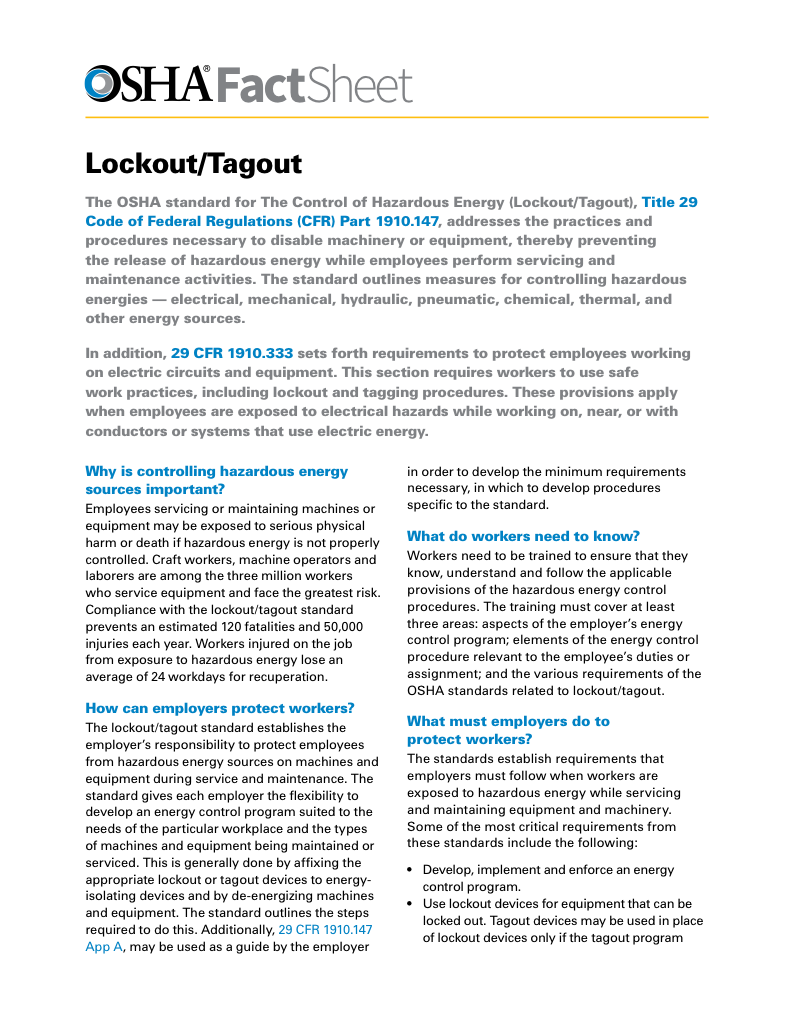
- Learn how to disable machines and isolate energy sources safely
- Follow OSHA guidelines for developing energy control programs
- Protect workers with proper lockout devices and annual inspections
Dry type transformer types such as cast resin, VPI, and VPE provide safe, efficient, and eco-friendly voltage regulation for industrial, commercial, and renewable energy systems while reducing maintenance, fire, and environmental risks.
What are Dry Type Transformer Types?
Dry type transformer types are air-cooled electrical transformers that utilize solid or gas insulation instead of liquid, offering safe, efficient, and environmentally friendly power distribution across industrial, commercial, and renewable applications.
✅ Includes cast resin, VPI, and VPE configurations
✅ Ideal for indoor, industrial, and renewable power systems
✅ Minimizes fire, moisture, and environmental risks
Learn more about dry type transformers and their design principles, including how VPI and cast resin systems deliver safe, low-maintenance voltage regulation for industrial applications.
Dry type transformer types are essential components in modern power systems, providing efficient and fire-safe voltage regulation without relying on liquid insulation. Utilizing air or gas as the cooling medium, these transformers provide a sustainable and low-maintenance solution, ideal for indoor, urban, or environmentally sensitive installations. Their design reduces the risk of fire and contamination while maintaining high reliability. With multiple configurations—such as cast resin, vacuum pressure impregnated (VPI), and vacuum pressure encapsulated (VPE)—they serve a wide range of industrial, commercial, and renewable energy applications. Each type is engineered for specific operating environments, ensuring dependable performance, safety, and energy efficiency.
Electrical Transformer Maintenance Training
Substation Maintenance Training
Request a Free Training Quotation
Types of Dry Type Transformers
The diversity of dry type transformers lies at the heart of their versatility. The three main categories—Vacuum Pressure Impregnated (VPI), Vacuum Pressure Encapsulated (VPE), and Cast Resin Transformers (CRT)—each deliver distinct performance advantages.
VPI transformers use a high-resistivity varnish applied under vacuum pressure, sealing windings against moisture and contaminants. VPE transformers go a step further, fully encapsulating the windings in resin, making them ideal for high-humidity or chemically active environments. Cast Resin Transformers enclose windings in epoxy resin, providing superior mechanical strength and insulation, well-suited for indoor or outdoor applications where safety and durability are priorities.
Test Your Knowledge About Electrical Transformers!
Think you know Electrical Transformers? Take our quick, interactive quiz and test your knowledge in minutes.
- Instantly see your results and score
- Identify strengths and areas for improvement
- Challenge yourself on real-world electrical topics
This range of options allows engineers to select the optimal design for their system’s voltage class, cooling requirements, and environmental conditions. For applications that require voltage regulation and electrical isolation, explore our overview of isolation transformers and how they complement various dry type transformer types.
Distribution and Power Variants
Distribution transformers are crucial for reducing voltage to safe levels for local networks. While liquid-filled units dominate outdoor power distribution due to superior thermal dissipation, dry type transformer types are favoured indoors or in restricted areas. The VPI process enhances insulation and thermal endurance, making it suitable for commercial and institutional installations. By contrast, cast resin units excel in renewable and industrial plants where access for maintenance is limited. These transformer types meet diverse operational and environmental demands while supporting modern energy-efficiency goals. In power distribution systems, control transformers and current transformers work alongside dry type units to ensure stability, accuracy, and safe energy management.
Applications and Use Cases
The applications of dry type devices are as varied as their designs. They are frequently found in outdoor applications, where their ability to withstand temperature rise and resist short circuits is critical. In distribution systems, these devices are typically installed in commercial and residential setups, facilitating safe and efficient energy delivery. Open wound devices, a subset of dry type designs, are often used in controlled indoor environments where ambient temperature can be easily regulated. Whether for primary and secondary windings in industrial facilities or as distribution devices in urban power grids, dry type devices meet the needs of diverse sectors. For more advanced transformer knowledge, see how transformer testing and transformer ratings define the performance and reliability of different dry type transformer types in real-world conditions.
Advantages and Disadvantages
The appeal of dry type transformers lies in their safety, simplicity, and sustainability.
-
Advantages: No oil eliminates fire hazards and leakage risks. Maintenance demands are low, and installation is straightforward. Their environmental profile is excellent due to zero risk of fluid contamination.
-
Disadvantages: They generally operate at higher temperature rise limits than oil-filled units and may require careful ventilation in confined spaces. Despite these factors, their robust insulation systems and long service life make them a dependable solution for demanding installations.
Construction and Design Features
Dry type transformer construction emphasizes insulation integrity, cooling efficiency, and mechanical strength. Depending on type, windings are either impregnated with varnish under vacuum (VPI), encapsulated in resin (VPE), or molded in solid epoxy (cast resin). Air-cooled ventilation channels help maintain stable operating temperatures. Enclosures—often NEMA or IP rated—protect internal components from dust, moisture, and contaminants. These features combine to ensure reliable performance, even under challenging load or climate conditions.
Standards and Compliance
All dry type transformers must comply with international standards that ensure quality, safety, and efficiency. Key organizations such as ANSI, IEEE, NEMA, and IEC establish parameters for temperature rise, dielectric strength, short-circuit endurance, and environmental resilience. Adherence to these benchmarks guarantees consistent performance and compatibility across installations worldwide, reinforcing their reputation for reliability and safety in critical infrastructure.
Frequently Asked Questions
How many types of dry transformers are there?
Dry type transformers are broadly categorized into two main types:
-
Cast Resin Transformers (CRT): Encased in epoxy resin, making them highly resistant to moisture and environmental contaminants.
-
Vacuum Pressure Impregnated Transformers (VPI): Use resin under vacuum pressure, providing moderate protection and excellent mechanical strength.
Electricity Today T&D Magazine Subscribe for FREE

- Timely insights from industry experts
- Practical solutions T&D engineers
- Free access to every issue
Within these categories, they can be further classified based on design and application, such as power devices, distribution devices, and specialty devices.
What is a 3-phase dry type transformer?
A 3-phase dry type transformer operates on a three-phase electrical system, using air for cooling instead of liquid. These units are preferred in industrial and commercial power systems due to their reliability, low maintenance requirements, and compact footprint.
What is a class AA dry type transformer?
Class AA transformers use natural air as the cooling medium for both primary and secondary windings—“AA” denotes air-cooled, air-ventilated operation. They are well-suited for indoor locations with minimal ventilation needs.
What is a dry type current device?
A dry type current transformer measures current in electrical systems using solid insulation instead of liquid. It safely steps down high current levels for protection and metering devices, ensuring accuracy and safety in switchgear and control panels.
Dry type transformer types provide a safe, reliable, and sustainable alternative to oil-filled transformers. Whether VPI, VPE, or cast resin, each design offers specific strengths to meet environmental, operational, and regulatory requirements. Their role in modern electrical networks continues to expand as industries prioritize energy efficiency, safety, and environmental stewardship.
Related Articles






